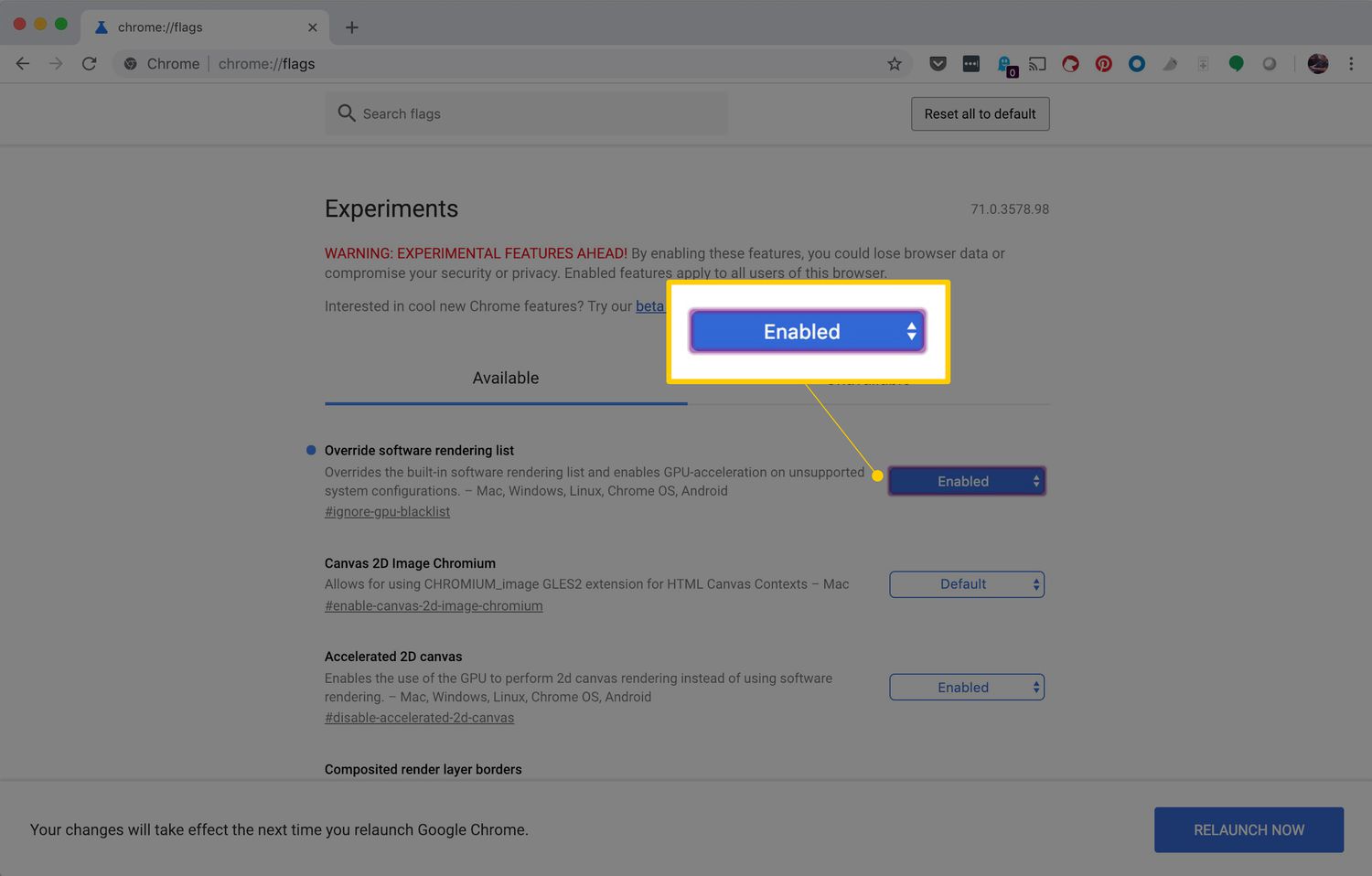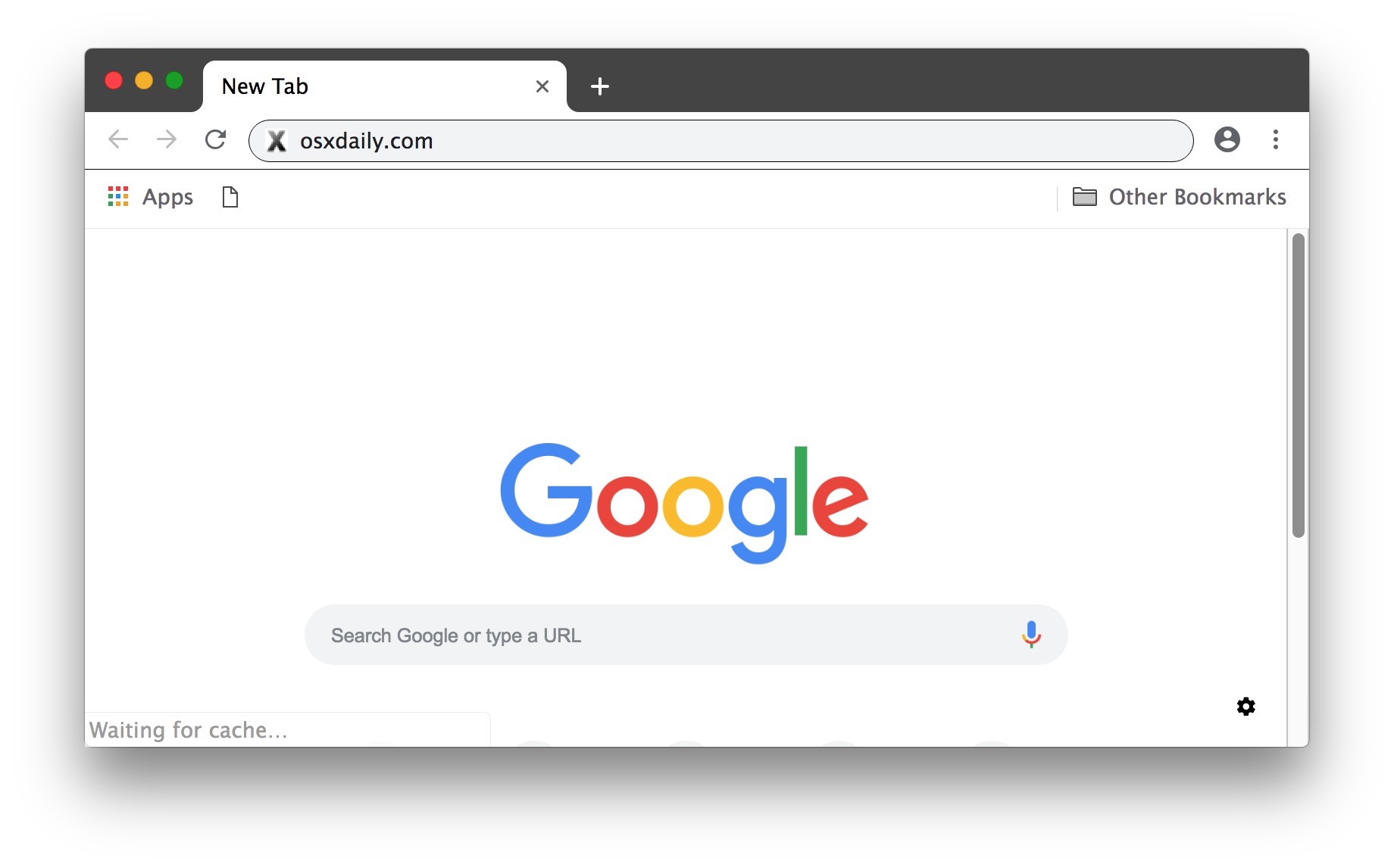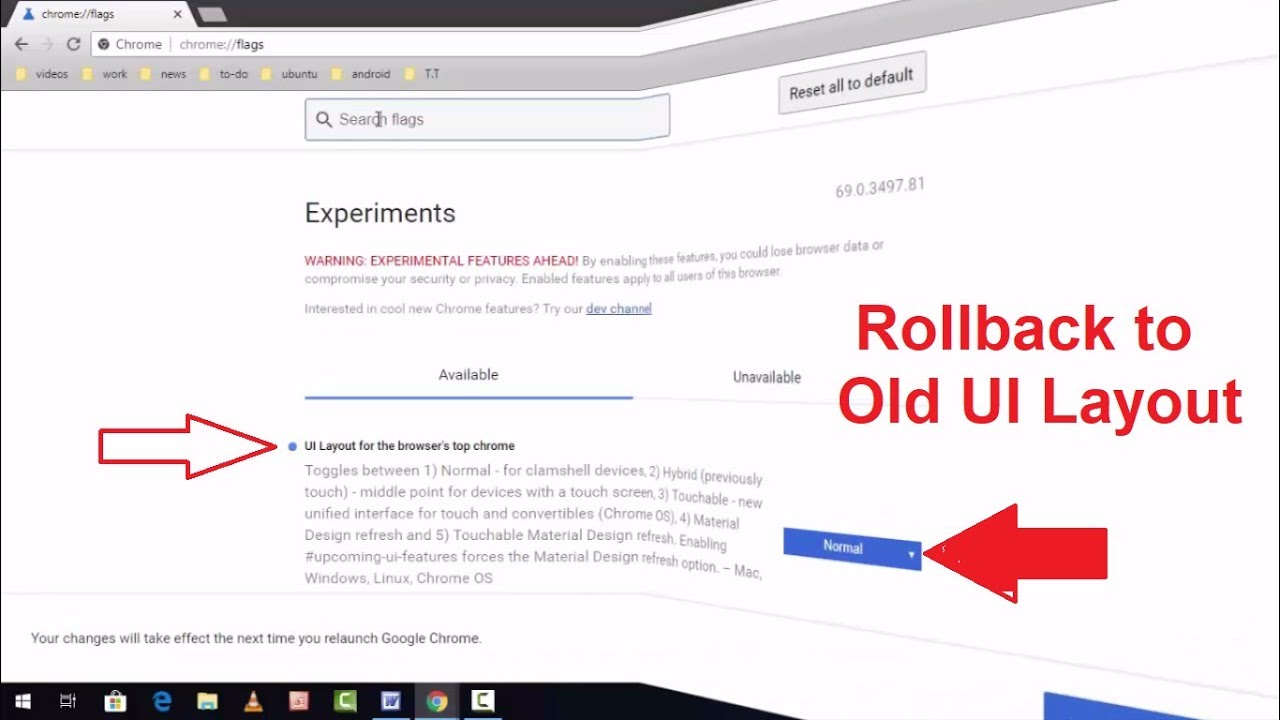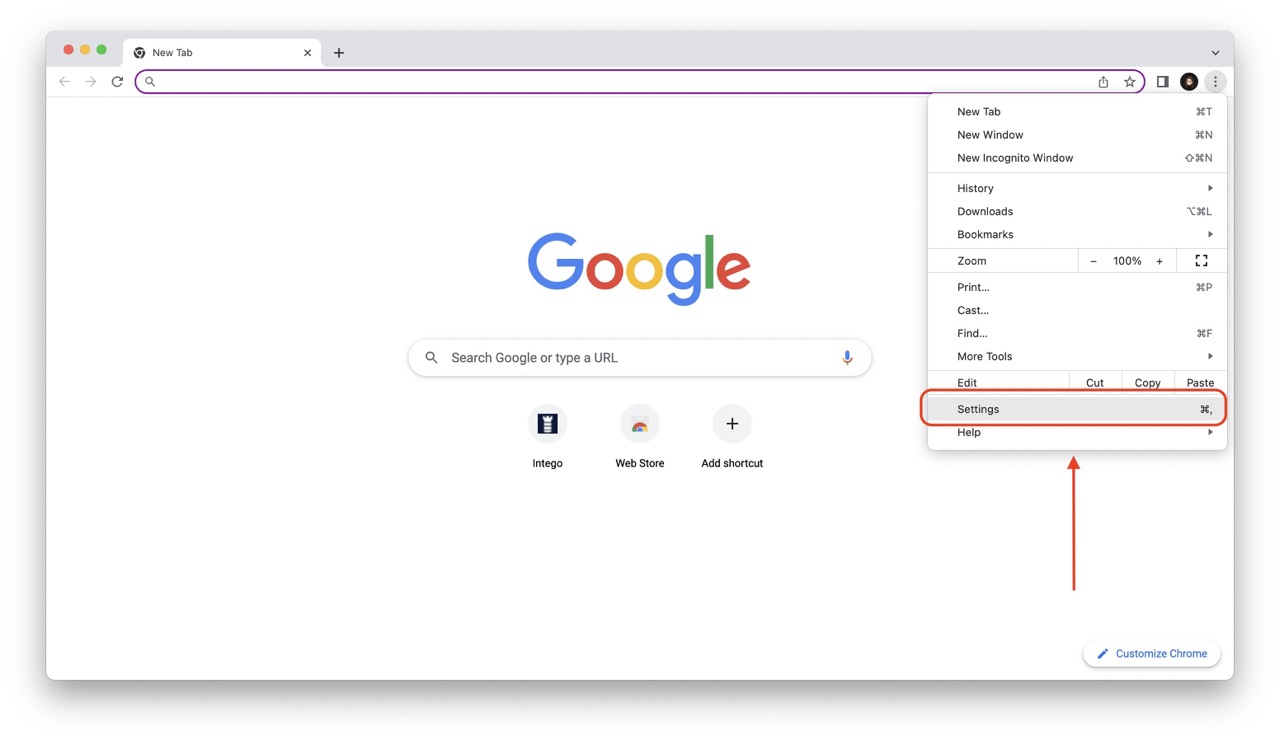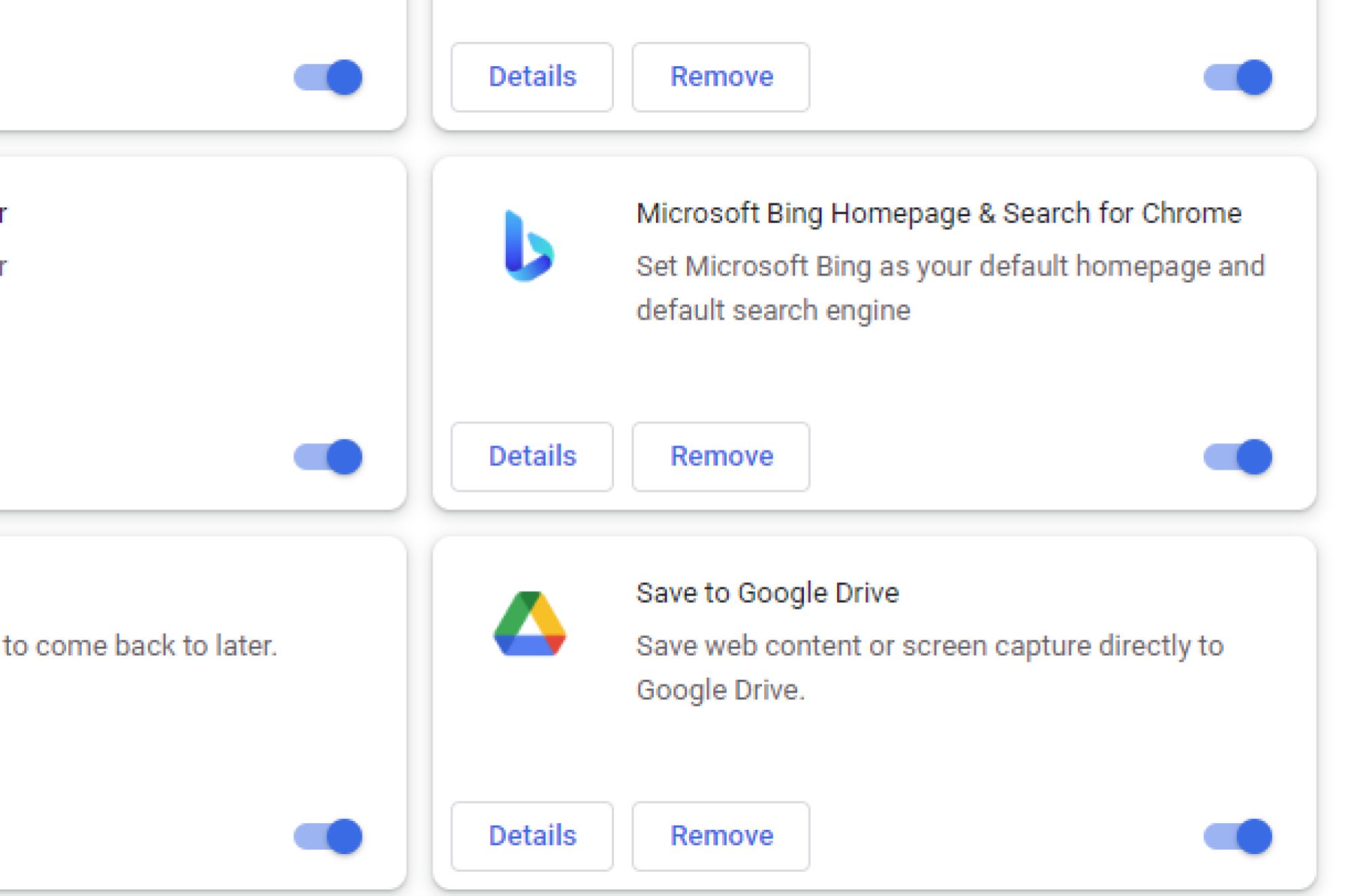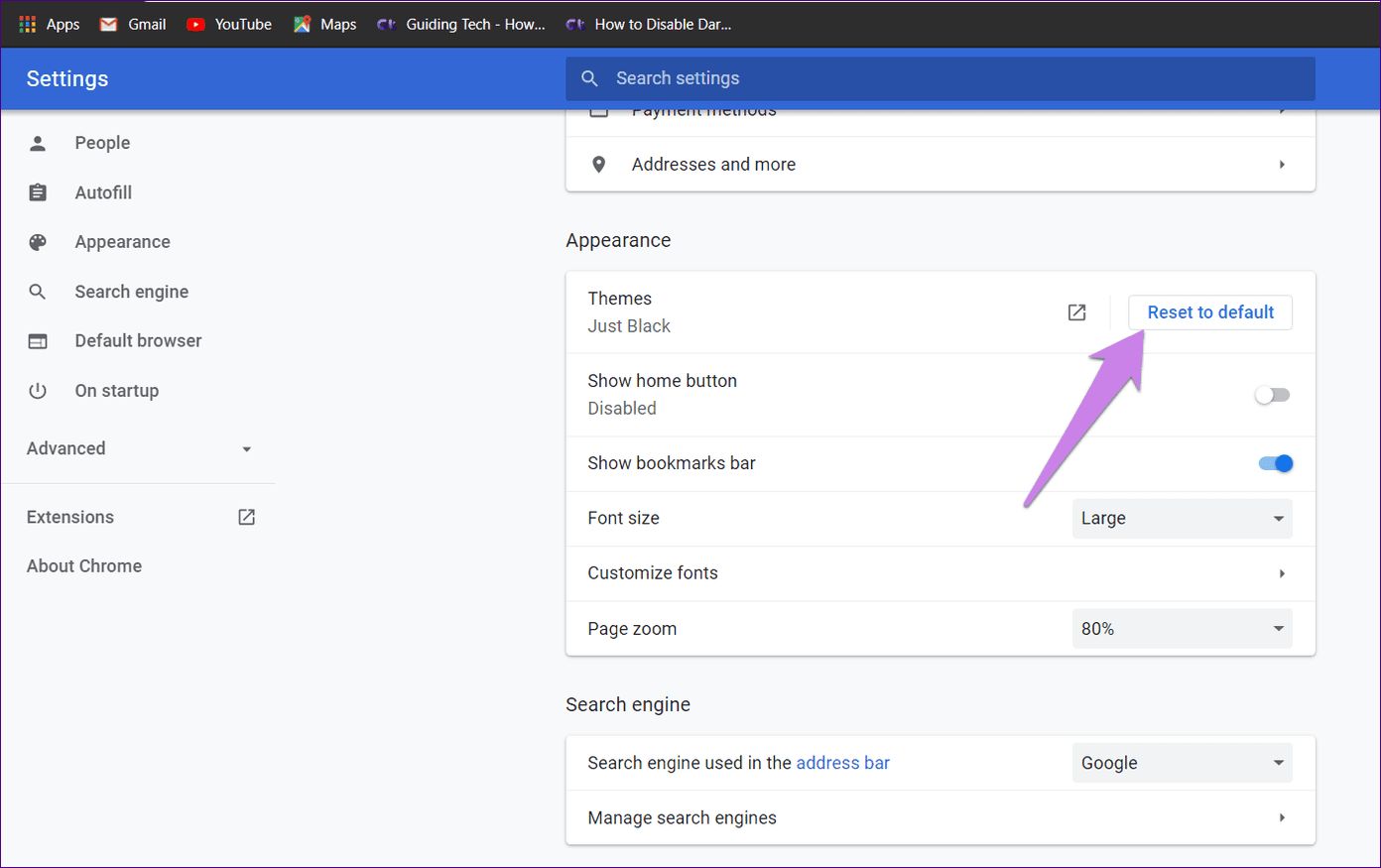Introduction
Have you ever experienced the frustration of a Chrome update causing unexpected issues or changes to your browsing experience? It's not uncommon for a new Chrome update to introduce compatibility problems with certain websites, extensions, or even the browser itself. Fortunately, there are several methods you can use to revert a Chrome update and restore your previous browsing environment.
In this article, we'll explore three effective methods for reverting a Chrome update. Whether you prefer to utilize system restore, uninstall the update directly, or leverage Chrome policy templates, you'll find a solution that suits your needs. By following these methods, you can regain control over your browsing experience and address any issues that may have arisen from an unwanted Chrome update.
So, if you've found yourself dealing with unexpected changes or compatibility issues after a recent Chrome update, don't worry. With the right approach, you can effectively revert the update and return to a familiar and stable browsing environment. Let's dive into the methods and take back control of your Chrome browser.
Method 1: Using System Restore
If you've encountered compatibility issues or unwanted changes after a Chrome update, using the System Restore feature in Windows can be an effective way to revert the update and restore your browser to a previous state. System Restore allows you to roll back your computer's system files, settings, and programs to a previous point in time, effectively undoing any recent changes, including Chrome updates.
To initiate the System Restore process, follow these steps:
-
Access System Restore: Begin by accessing the System Restore feature on your Windows computer. You can do this by typing "System Restore" in the Windows search bar and selecting the "Create a restore point" option from the results. This will open the System Properties window.
-
Initiate System Restore: Within the System Properties window, click on the "System Restore" button. This will launch the System Restore wizard, which will guide you through the process of reverting your system to a previous state.
-
Choose a Restore Point: In the System Restore wizard, you'll be prompted to select a restore point from a list of available options. It's recommended to choose a restore point that predates the Chrome update, allowing you to revert your system to a state where the previous version of Chrome was active.
-
Initiate the Restoration: Once you've selected a suitable restore point, follow the on-screen instructions to initiate the restoration process. Your computer will then restart and begin reverting to the chosen restore point.
-
Completion: After the restoration process is complete, your computer will restart, and the system files, settings, and programs, including Chrome, will be reverted to the state they were in at the selected restore point.
By utilizing the System Restore feature, you can effectively revert a Chrome update and restore your browser to a previous state, potentially resolving any compatibility issues or unwanted changes that arose from the update. This method provides a straightforward way to roll back system changes and regain stability in your browsing experience.
Method 2: Uninstalling Chrome Update
Uninstalling a Chrome update is a direct and effective method to revert to a previous version of the browser. This approach can be particularly useful if you've encountered compatibility issues or undesirable changes following an update. By uninstalling the update, you can restore the previous version of Chrome and potentially resolve any issues that arose from the latest update.
To uninstall a Chrome update, follow these steps:
-
Access the Control Panel: Begin by accessing the Control Panel on your Windows computer. You can do this by typing "Control Panel" in the Windows search bar and selecting the Control Panel app from the results.
-
Navigate to Programs and Features: Within the Control Panel, navigate to the "Programs" section and select "Uninstall a program." This will display a list of installed programs on your computer.
-
Locate Google Chrome: In the list of installed programs, locate Google Chrome. You may need to scroll through the list to find it.
-
Uninstall the Update: Once you've located Google Chrome, right-click on it and select the "Uninstall/Change" option. This will initiate the uninstallation process for Chrome.
-
Choose the Update to Uninstall: During the uninstallation process, you'll be prompted to choose which update to uninstall. Select the specific update that you want to revert, effectively removing it from your system.
-
Complete the Uninstallation: Follow the on-screen instructions to complete the uninstallation process. Once the selected update has been uninstalled, your Chrome browser will revert to the previous version that was in place before the update.
By following these steps, you can successfully uninstall a Chrome update and return to a previous version of the browser. This method provides a straightforward way to address compatibility issues or unwanted changes resulting from a recent update. It allows you to regain stability in your browsing experience by reverting to a version of Chrome that was functioning optimally for your needs.
Uninstalling a Chrome update is a practical solution that puts you in control of your browsing environment, ensuring that you can enjoy a seamless and familiar experience without the disruptions caused by an unwanted update.
Method 3: Using Chrome Policy Templates
Using Chrome policy templates provides a more advanced method for reverting a Chrome update and managing browser settings within an organizational or administrative context. Chrome policy templates, also known as group policies, allow administrators to enforce specific settings and configurations across multiple devices and user accounts, providing granular control over the Chrome browser's behavior and updates.
To utilize Chrome policy templates for reverting a Chrome update, administrators can follow these steps:
-
Access Group Policy Editor: Begin by accessing the Group Policy Editor on a Windows computer. This can be done by typing "gpedit.msc" in the Windows search bar and selecting the Group Policy Editor from the results. The Group Policy Editor provides a centralized platform for managing various policy settings.
-
Navigate to Chrome Policies: Within the Group Policy Editor, navigate to the section dedicated to Chrome policies. This section contains a wide range of policy settings that can be configured to control Chrome's behavior, including update policies.
-
Modify Update Policies: Locate the specific policy settings related to Chrome updates. These settings allow administrators to control the update behavior of the Chrome browser, including the ability to revert to a previous version by specifying an earlier release channel or version number.
-
Apply the Policy Changes: Once the desired update policies have been configured to revert the Chrome update, apply the changes within the Group Policy Editor. This ensures that the specified policies are enforced across the relevant devices and user accounts.
By leveraging Chrome policy templates, administrators can effectively revert a Chrome update across multiple devices and user accounts within an organizational or administrative environment. This method provides a centralized and scalable approach to managing Chrome updates and ensuring that the browser's behavior aligns with the organization's requirements.
Furthermore, Chrome policy templates offer a high level of customization, allowing administrators to tailor the update policies to suit specific compatibility or stability needs. This level of control empowers organizations to maintain a consistent and reliable browsing experience for their users while addressing any issues that may have arisen from an unwanted Chrome update.
In summary, using Chrome policy templates presents a powerful and flexible method for reverting a Chrome update within an organizational or administrative context. By leveraging policy settings to manage Chrome's behavior and updates, administrators can effectively address compatibility issues and ensure a stable browsing environment across multiple devices and user accounts.
Conclusion
In conclusion, reverting a Chrome update is a manageable task that can be approached through various methods, each offering its own advantages based on individual preferences and requirements. Whether you opt for the simplicity of using System Restore, the direct approach of uninstalling the update, or the advanced control provided by Chrome policy templates, the goal remains the same: to restore your browsing environment to a familiar and stable state.
By utilizing the System Restore feature, users can effectively roll back system changes, including Chrome updates, to a previous point in time. This method is particularly useful for addressing broader system issues that may have arisen alongside the Chrome update, providing a comprehensive solution for restoring overall system stability.
Uninstalling a Chrome update offers a direct and efficient approach to reverting to a previous version of the browser. This method is ideal for addressing specific compatibility issues or unwanted changes resulting from the update, allowing users to regain control over their browsing experience by returning to a version of Chrome that aligns with their preferences and requirements.
For administrators and organizations, leveraging Chrome policy templates provides a centralized and scalable method for managing Chrome updates across multiple devices and user accounts. This advanced approach empowers administrators to enforce specific update policies and configurations, ensuring a consistent and reliable browsing experience while addressing compatibility and stability needs within an organizational context.
Regardless of the chosen method, the ability to revert a Chrome update offers reassurance to users and administrators alike, providing a means to address unexpected changes, compatibility issues, or disruptions caused by unwanted updates. By following the outlined methods, individuals and organizations can regain stability in their browsing experience and ensure that Chrome aligns with their specific needs and preferences.
In the ever-evolving landscape of web browsing, the flexibility to manage and revert updates is a valuable asset, allowing users and organizations to maintain control over their browsing environment and address any challenges that may arise from software updates. With the methods outlined in this article, you can confidently navigate the process of reverting a Chrome update and restore a familiar and optimal browsing experience.









